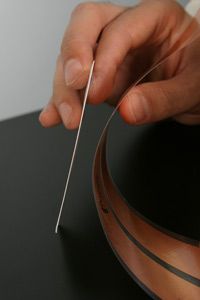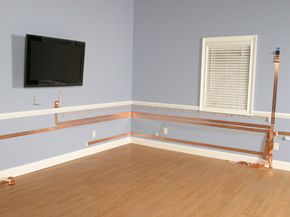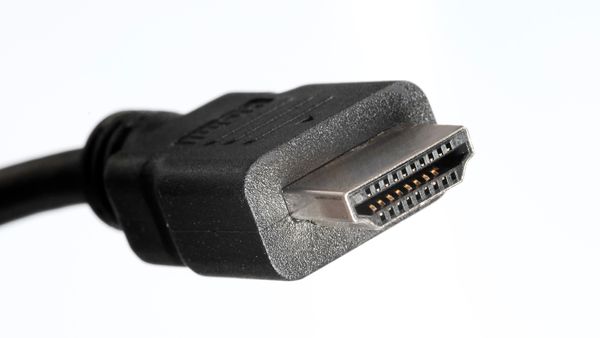You've seen the commercials: a guy walks into an electronics store, asks about the latest in flat-screen televisions, makes a purchase and hurries home. Before you know it, the happy owner is sitting on his couch watching his television, which he has mounted perfectly on the wall. There's not a cable, cord or wire to be seen.
But in reality, that television would require several cables to work the way it does in the ad. It would need a power cord, at the very least. Other cords might include a coaxial cable, an HDMI cable, component or composite video cables and an audio cable. How do you hide all these cables from view so that you have the same picture-perfect setup that you see in commercials?
Advertisement
One solution is to run wires through the walls of your home. That can be expensive and difficult -- you might want the help of professional installers for that kind of job. And while wireless technologies are a possible solution, there simply aren't enough wireless options on the market to set up the ultimate home theater system. But one company has another alternative: wires that are flat instead of round.
The company is Southwire. It specializes in creating thin, flat wires and cables that you can glue to a wall and either paint over or coat with a concealing material to blend it into your wall. Once you've installed and concealed the FlatWire, you can have that clean, cable-free look that you see in the advertisements.
Southwire currently offers several FlatWire products for audio, video, data and low-voltage wiring solutions. Future FlatWire products will include 120-volt alternating current (VAC) electrical wiring, HDMI cables and a cat-6 cable emulator. All of the products are flexible and are about as thick as a sheet of paper.
Advertisement



